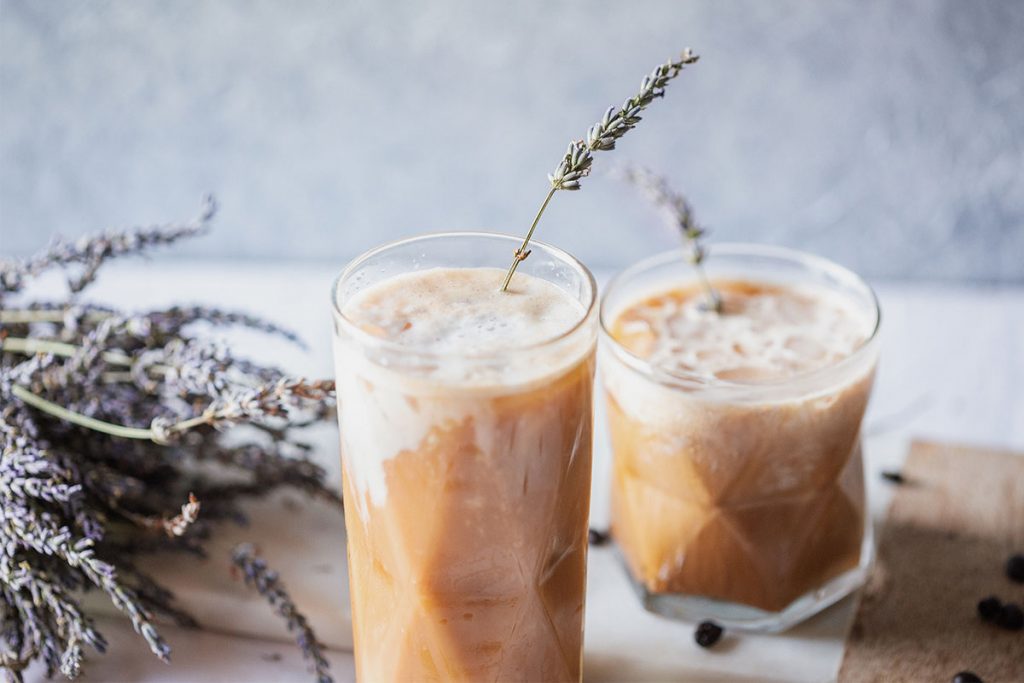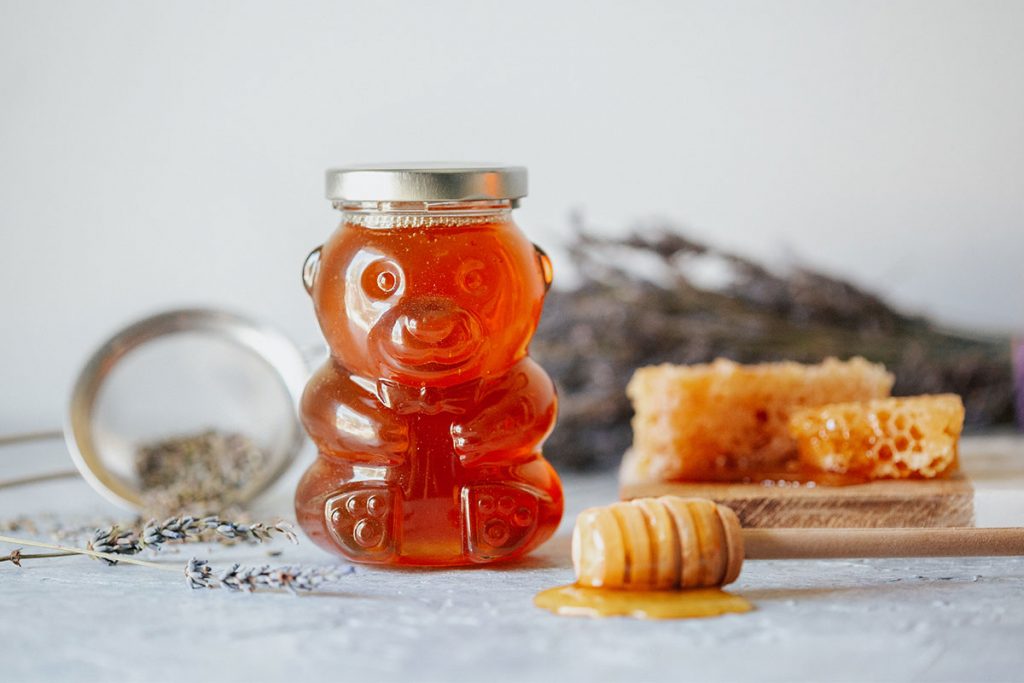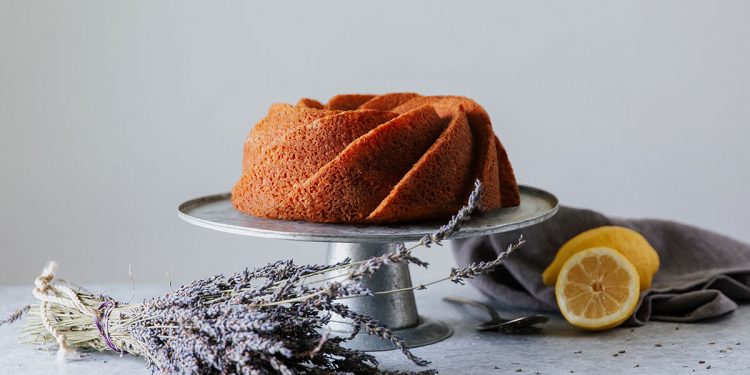When you think of lavender, you might consider using it in a diffuser for some aromatherapy, or as a nice bouquet to help brighten your home. While these are great ways to enjoy lavender, if you haven’t tried it in any recipes, you’re really missing out!
Lavender is a versatile herb that can enhance both the flavor and appearance of a lot of different dishes. It can be used to treat nervousness and stress, and is often used to help with insomnia. Along with checking with your doctor to make sure lavender could help you in those ways, it’s also very important to make sure that you buy lavender specifically grown for culinary purposes to ensure it hasn’t been treated or sprayed with unsafe chemicals.
When using lavender in recipes, a little goes a long way. You want to make sure you’re enhancing flavors as opposed to eating perfume. The best way to use it is to infuse the buds in liquids such as syrups/milk, or finely grind them to use alongside sugars. It can be substituted for rosemary in many savory meals, and pairs beautifully with lemon for desserts. These recipes will help you get started with lavender, but you’ll quickly learn that it can be easily incorporated into a variety of different dishes!
Lemon & Lavender Bundt Cake
Ingredients:
3 cups all-purpose flour
2 cups sugar
1 cup whole milk
2 teaspoons dried culinary lavender
1 cup unsalted butter (room temp)
3 large eggs
1/3 cup fresh lemon juice
1 tablespoon lemon zest
2 teaspoons baking powder
1 teaspoon salt
1 teaspoon vanilla extract
To make the Lavender Milk
» This milk can be made in advance and stored in the refrigerator (it should be cooled completely before adding to cake mixture). To make, bring the milk to a simmer in a small saucepan. Remove from heat and add lavender. Let the mixture steep for 20-30 minutes before straining the milk through a fine-mesh sieve over a bowl. Discard the lavender, and let the milk cook.
To make the Cake
» Preheat the oven to 350. Grease your bundt pan thoroughly (use whatever method words for you—I use equal parts shortening, oil, and flour and it works every time!)
» Whisk together flour and baking powder in a small bowl.
» Cream the butter, sugar, and salt together in a large bowl. Once fluffy, beat in each egg individually.
» Add the lemon juice, zest, and vanilla extract to the butter mixture and combine.
» Beat in the lavender milk before slowly adding the flour mixture, while continuing to beat the batter until just incorporated.
» Pour batter into your greased bundt pan and smooth the top. Bake the cake for 50 minutes, until a toothpick poked into the middle comes out clean. Let the cake cool completely before removing it from the pan.

Iced Lavender Latte
Ingredients:
2 shots espresso (can be substituted with 8 oz. strong coffee)
6 oz. milk
1/2 cup sugar
1/2 water
3 Tablespoons culinary lavender (dried)
1 teaspoon vanilla extract
» To make the lavender syrup, place the sugar, water, and lavender in a small sauce pan over medium heat. Bring the mixture to a simmer, whisking until the sugar is dissolved. Cook for 1 minute before taking the saucepan off the heat and letting it cool completely. Strain the lavender out through a sieve (and discard it) before stirring in the vanilla extract (store extra syrup in a fridge).
» Fill a tall glass with ice. Add 2 tablespoons of the lavender syrup (adjust this amount to your taste).
» Pour in the milk and stir to combine with the syrup.
» Top the rest off with your espresso shots. Stir again to combine.

Lavender-Infused Honey
Ingredients:
1 bottle of local honey (at least 12 oz.)
2 tablespoons dried lavender
» In a small sauce pan, warm 2 inches of water. Place your open honey jar (make sure it’s a glass jar – no plastic!) in the middle of the pan to heat. Watch for the honey to get very runny (without boiling), then carefully remove the jar from the water.
» Place the lavender in the jar with the honey and replace the lid. Shake to incorporate the lavender throughout the jar.
» Place the jar in a sunny windowsill and let it sit for up to 5 days (the longer you wait, the stronger the taste of lavender comes through, so adjust this timeframe to your taste).
» Heat the jar again using the same water-bath method in the first step. Once the honey is runny, strain out the lavender using a sieve (and discard it). Store your infused honey in a dark, cool place.










